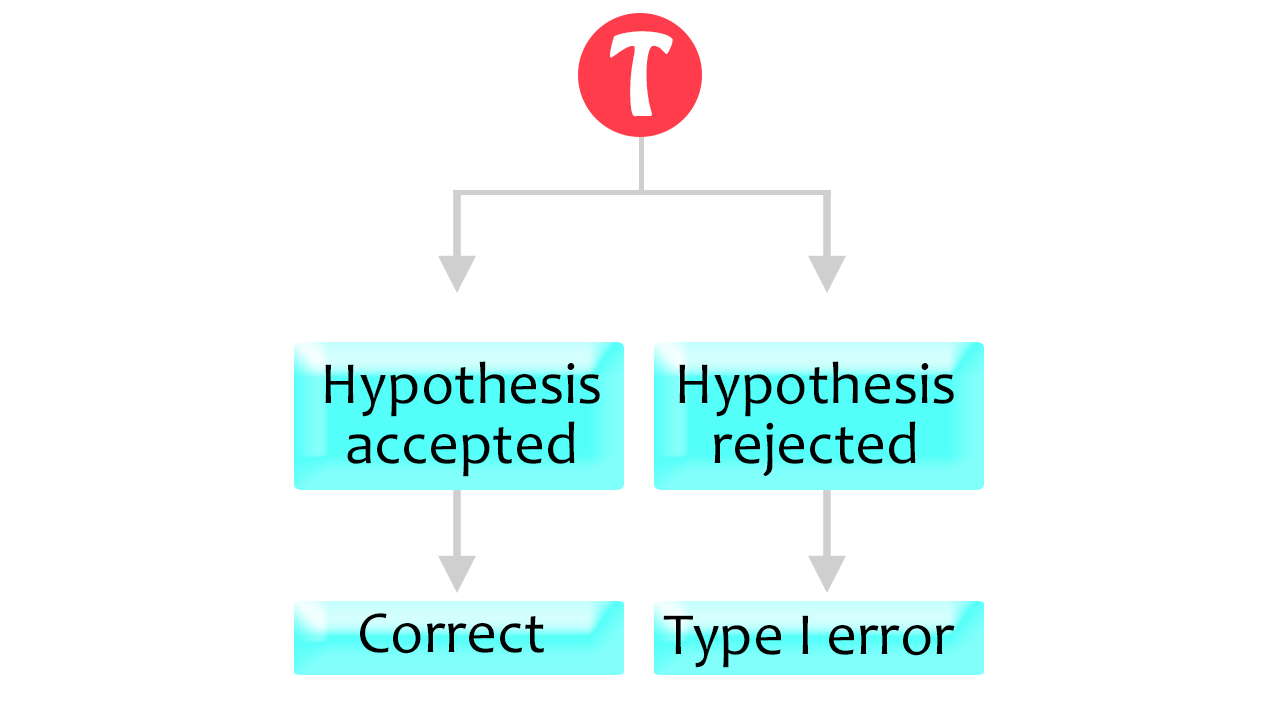
From: Clinical and Translational Science, 2009. The type II error (beta) is the probability of inappropriately accepting the null hypothesis (no difference in treatment effect) when a true difference in outcome exists. What is the difference between Type 1 and Type 2 errors? A p-value of 0.05 indicates that you are willing to accept a 5% chance that you are wrong when you reject the null hypothesis. Is P value same as Type 1 error?Ī type 1 error is also known as a false positive and occurs when a researcher incorrectly rejects a true null hypothesis. In some cases, a Type I error is preferable to a Type II error, but in other applications, a Type I error is more dangerous to make than a Type II error. The short answer to this question is that it really depends on the situation. Which is better type 1 error or Type 2 error? Hence, many textbooks and instructors will say that the Type 1 (false positive) is worse than a Type 2 (false negative) error. Of course you wouldn’t want to let a guilty person off the hook, but most people would say that sentencing an innocent person to such punishment is a worse consequence. Type 1 error control is more important than Type 2 error control, because inflating Type 1 errors will very quickly leave you with evidence that is too weak to be convincing support for your hypothesis, while inflating Type 2 errors will do so more slowly. Is it better to have Type 1 or Type 2 error? A Type I error means mistakenly going against the main statistical assumption of a null hypothesis. In practical terms, however, either type of error could be worse depending on your research context. Is a type 1 error worse?įor statisticians, a Type I error is usually worse. The consequence here is that if the null hypothesis is true, increasing α makes it more likely that we commit a Type I error (rejecting a true null hypothesis). Higher values of α make it easier to reject the null hypothesis, so choosing higher values for α can reduce the probability of a Type II error.

What are the consequences of committing Type I and Type II errors? Type II error is committed if we fail to reject when it is false. In other words, did not kill his wife but was found guilty and is punished for a crime he did not really commit. Type I error is committed if we reject when it is true. What decision we made if we committed a Type I error? A related concept is power-the probability that a test will reject the null hypothesis when it is, in fact, false.

Type I and Type II errors are inversely related: As one increases, the other decreases.

Graphical depiction of the relation between Type I and Type II errors, and the power of the test. In real life situations, this could potentially mean losing possible sales due to a faulty assumption caused by the test. This means that you will wrongfully assume that your hypothesis testing has worked even though it hasn’t. What are the consequences of a Type 1 error?Ĭonsequences of a type 1 Error Consequently, a type 1 error will bring in a false positive. 7 How is a type II error a false negative?.6 What is the difference between Type 1 and Type 2 errors?.4 Is it better to have Type 1 or Type 2 error?.1 What are the consequences of a Type 1 error?.


 0 kommentar(er)
0 kommentar(er)
